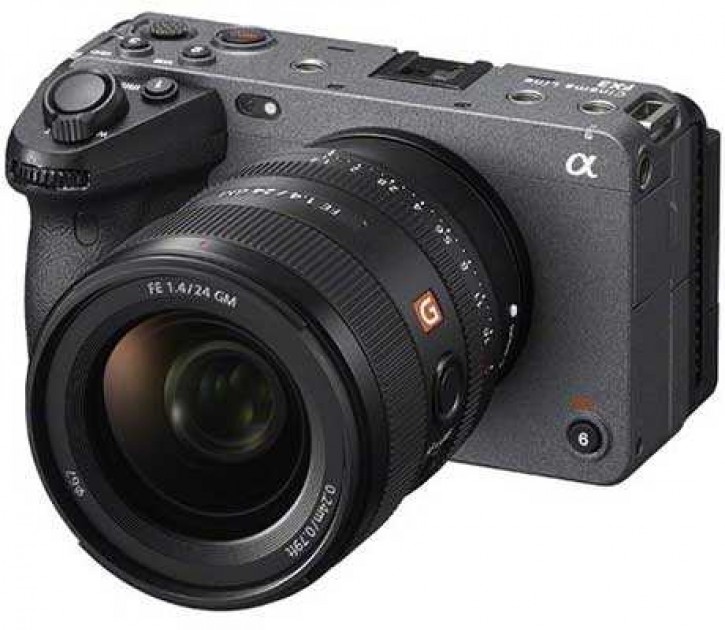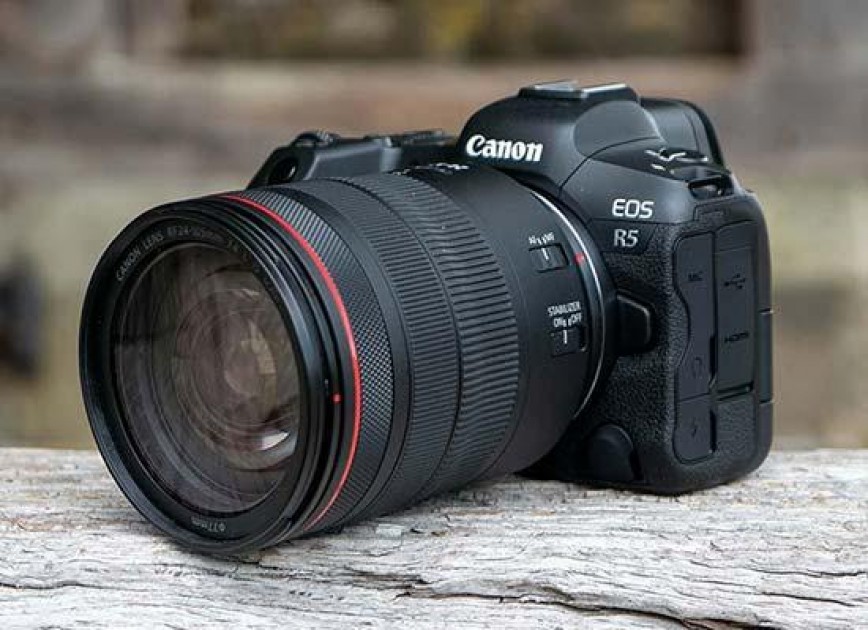Joseph Michael Lopez and his MP wandered through the streets of his home town, New York City, for years. The dramatic black and white studies that he published under the title Dear New Yorker, capture motifs he encountered with his camera along the way: the absurd, the poetic, and the whimsical. In 2020 he continued working on his series, but with the Q2 Monochrom. Lopez spoke to us about how he finds his motifs, how his turf changed during the Covid 19 pandemic, and how the Q2 Monochrom influenced his work.
What is your biggest challenge when taking photos? You say that photography helps you examine your relationship to reality.
Sometimes it’s just me getting out of my own way emotionally, but I also pose this question: does the visual frame incite me to rethink my relationship to reality? To me, a strong photograph does this. Another way to answer this question is that I believe the results of a long form process can inform you of the subconscious, so over a long period of rigorous practice there is space for you to re-examine the internal and the external on many levels…
How do you find your narratives?
It’s an internal process that is channeled outwards. I think you need to reveal something about yourself in the process of taking and making photographs; and photography is also a coping mechanism for me. It’s an obsession with framing, having a vantage point, working from the gut and being assertive. I see and feel the possibility of narrative almost anywhere.
How do you approach people?
My main focus is being free to roam, using my instincts, keeping my ears and eyes peeled, and discovering things. I’m always aware of my emotional and mental space, as this can send off signals and affect how I’m received in public. Your energy and body language have to be open and clear with intention, because if not you will face problems with people reacting to you, and being threatened by you and your camera.
When did you shoot this continuation of your series Dear New Yorker, a series you pursued for many years?
I began shooting this series on September 15, 2020. I decided to work when the sun was rising or setting, usually starting from 57th street and peregrinating southwards, zig-zagging across town until I would discover a quality of light that would punctuate the street. I’d sometimes find myself waiting around because of the lack of human traffic. I also drove my car through Queens looking for views of midtown. This period of work ended around mid-October.
From your observations, how would you say street life changed during the pandemic?
It’s dramatically different. I really miss talking to strangers. People are generally more guarded, there are a lot less people in action on the streets, and there’s an air of anxiety. It’s sometimes very desolate, and many small businesses have closed for good. I’m observing a lot more desperation and homelessness than ever before in the city.
You’ve mastered the use of light and shadows, sun rays and fog. What does light mean to you?
Light is everything: metaphorically, literally, technically; and without light there would be no photography. Actually, when the sun is not out, I can get depressed rather quickly.
“Lopez sees and uses light as a liberator …. to liberate darkness from death to give light the mystery it commands as a force of nature.. and to illuminate his vast emotive and profound concerns about being alive and about seeing itself. He is one of the best …..” — Larry Fink
Your use of light is very dramatic, very poetic. It thrives on hard contrasts. It gives your images a cinematic touch and feel. What is your sense of drama and poetry when it comes to photography?
For me, photography is a haptic medium. It all comes from deep within my internal order, channeling emotions and questions into the frame. I have a fondness for movement, with an indescribable passion for camera work and storytelling, but generally I’m really inspired by cinema, the history, film noir, etc… Recently I was really impressed by the cinematography in the feature film The Lighthouse, a psychological horror-thriller film directed by Robert Eggers. The film was like visiting another planet, echoes of Fritz Lang. Recently, I’ve been working as Director of Photography on my wife’s feature documentary film, which is now in post production. I also have my own short film with Robert Frank and NYC friends, that I shot on Purim in 2018, and which is now in post-production.
You don’t seem to use a flash. The way you use available light is very on point, setting the focus on certain topics, and it’s also very cinematographic.
I like the word cinematographic – I think that spells out my approach. I definitely prefer natural light for sure. I’m really happy in it, it’s pure joy. Sticking a flash in someone’s face I find to be absurd. Sometimes, my approach plays on the idea of being a cinematographer on the streets, which challenges me to imagine where my camera should be.
What did you like about the camera system? Have you tried a Monochrom before? Did it help enhance your visual language?
This Q2 Monochrom was my first black and white digital camera ever. Digitally speaking, I usually shoot with the M10-P and just accept it as color. So this was a big leap for me. With the Q2 Monochrom, I used the 35mm focal length crop setting, because I’m used to working with that focal distance. All my Dear New Yorker work was made with a 35mm f/1.4 Summilux-M Aspherical lens. This Q2 Monochrom has a fixed 28 aspherical. I put an orange filter on the front of it, and it did not disappoint. It was super sharp, no aberrations. The Q2 Monochrom raw files were quite phenomenal and the mid tones were unique. I loved the tonal separation of the sky and clouds with this orange filter. I’m hooked. On the whole, I used the display on the back of the camera as my imitation rangefinder screen, and explored touch focusing, which was a huge departure for me. The Q2 Monochrom sensor technology has convinced me to work with the M10 Monochrom.
Joseph Michael Lopez is a photographer born in New York City in 1973. He began his career as an analogue cinematographer on the critically acclaimed Bruce Weber film, Chop Suey (2001). He was an autodidact until 2009, when he approached Columbia University without an undergraduate degree and was accepted as a MFA candidate, completed in 2011. His photographs have appeared on the covers of M – the magazine for Leica M photography –, Leica Fotografie International, The Sunday Review of The New York Times, New York magazine and The New Yorker, among others. Find out more about his photography on his website and Instagram channel.
Leica Q
Full Frame. Compact. Uncompromising.








